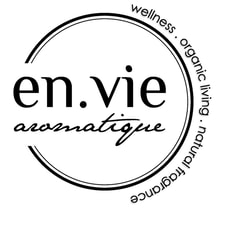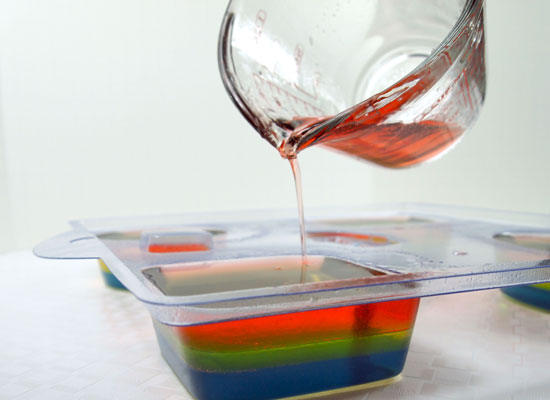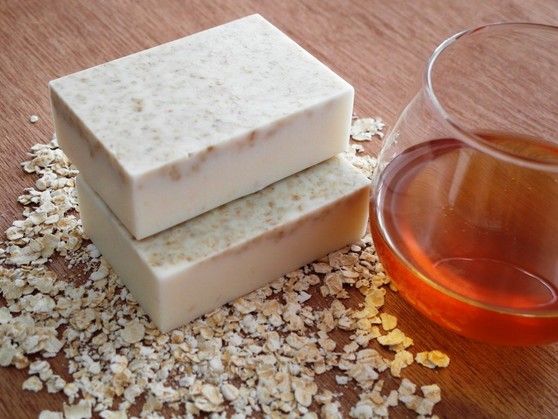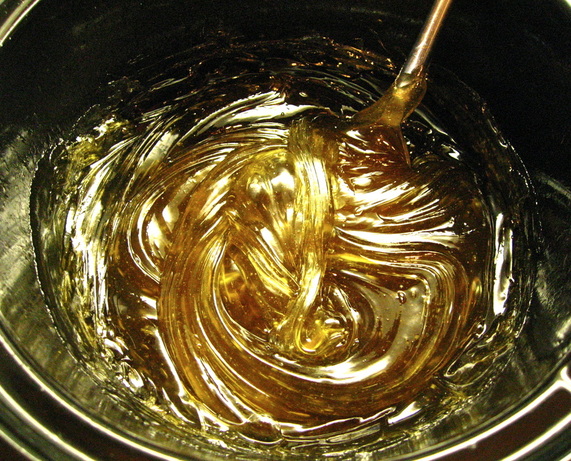There are 2 answers. Technically speaking, all "real" soap is glycerin since it's a by-product of saponification. But what most people know as glycerin soap, often decorated in fancy styles, colours and confetti is not as natural or moisturising as one is led to believe. A sugar-alcohol solution is added to the saponified mixture along with extra glycerin. The alcohol solution helps maintain transparency and the extra glycerin balances the drying nature of the alcohol.
1. Melt and Pour / Glycerin soap - a simple method of soap making, even though professional soap makers refuse to call them soap. They come in big blocks of soap bases made from detergents, cleaning cosmetic base, alcohol and yes, glycerin (add on). You simply melt the base soap and remold it into different shapes and colours. It is a very popular soap making technique as it is foolproof and allow one
to show off a creative side with multi-coloured layers, fancy swirls, glitters, fragrances, dried flowers or herbs and exfoliant etc. Great for children art and crafts but I don't see why you should use them unless affordability is a concern.
"Real" soap does not melt down easily and contains only oils + H2O + NaOH. You can't for example,
buy a few pieces of our soap, toss them into a pot and expect them to turn liquid after 10 minutes.
Still confused? Let me quickly explain how "real" soap are made.
It will be molded and cured for at least 1-2 weeks before use.




 RSS Feed
RSS Feed
